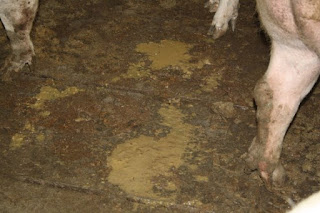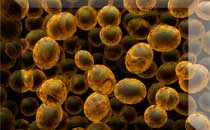Garri can be used to treat diarrhoea. When a person has diarrhoea,just give the person soaked garri and the diarrhoea will stop because the garri absorbs the toxins that go into the intestine thus promoting gut health. Diarrhoea can readily lead to dehydration if not properly handled.
Dehydration if not corrected can lead to death depending on the rate and length of the period.
Diarrhoea can be managed locally using the sugar-salt solution,the oral rehydration therapy( ORT).
The use of garri water suspension has been used to stop diarrhoea in homes this is common in the rural environment.
Did you know that soaking garri in water for few minutes and decanting the water is an instant source of energy and vitamins? Yes garri water is also beneficial. A recent study has shown the efficacy of using the garri suspension to manage diarrhoea.
The aim of the study was to identify a suitable substrate for oral re-hydration solution at home. The study used staple from cassava which is garri. This study evaluated the efficacy and safety of cassava-salt suspension (CSS) prepared from a dietary staple, cassava, with added sodium chloride.
The results were compared with those of standard World Health Organization (WHO) recommended ORS. One hundred thirty-two dehydrated children aged between 6 and 24 months with acute diarrhoea of less than 3 days duration were chosen for the study and randomly re-hydrated with CSS or WHO-ORS. The intake of ORS (CSS or WHO-ORS), water, and food was comparable in both groups.
The mean stool output on day 1, total stool output, and duration of diarrhoea were 45.3 +/- 37.3 g/kg, 60.8 +/- 58.9 g/kg, and 18.9 +/- 22.4 h for the group on CSS.
These are significantly different from the corresponding values of 69.7 +/- 64.9 g/kg, 88.2 +/- 100.4 g/kg, and 28.2 +/- 27.0 h obtained for controls. Failure of therapy occurred in four children on CSS (6%) and three children on WHO-ORS (4.5%).
It is concluded that CSS is both efficacious and safe for use as an ORS, particularly in the home management of acute diarrhoea in children. (https://pubmed.ncbi.nlm.nih.gov/7980837/)














